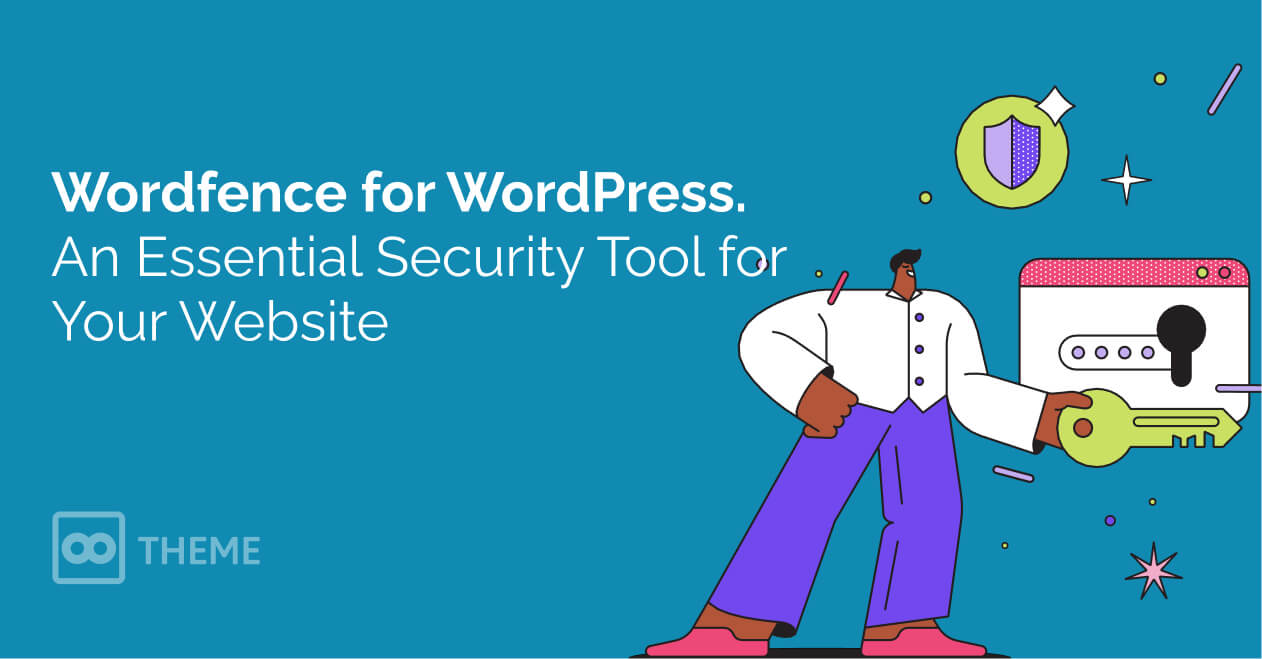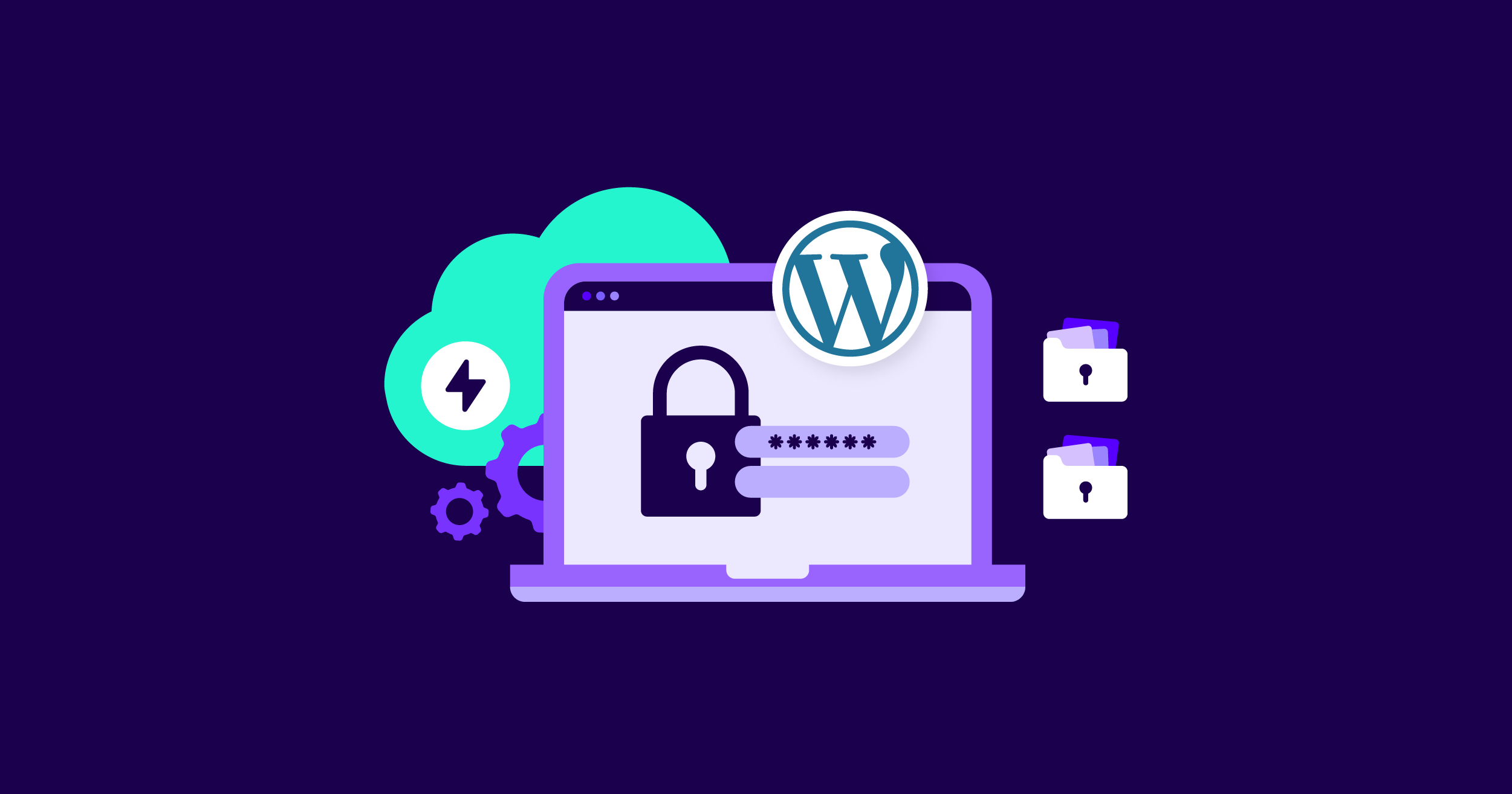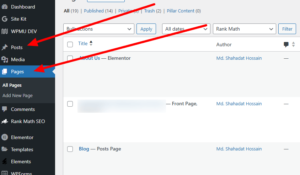WordPress is a popular platform, but it can be a target for malware. Protecting your site is crucial to keep it running smoothly and safely.
Malware can cause serious damage to your WordPress site. It can slow down your site, steal data, or even crash it completely. Knowing how to remove malware is essential for maintaining your site’s health. This blog post will cover best practices and tools to help you stay secure.
We will discuss simple steps to keep your site clean and reliable. By following these tips, you can protect your website from threats. Let’s dive into the world of WordPress security and learn how to keep your site safe from malware.
Introduction To Malware On WordPress
WordPress powers many websites. Its popularity makes it a target for malware. Understanding and removing malware is essential for website security.
Common Types Of Malware
Malware comes in different forms. Each type targets WordPress sites in unique ways. Here are some common types:
- Backdoors: Hackers use these to gain access to your site.
- Phishing: This tricks users into giving sensitive information.
- Malicious Redirects: These send users to harmful sites.
- SEO Spam: Injects unwanted ads and links to boost other sites.
- Drive-by Downloads: Installs malware without user consent.
Impact On Your Website
Malware can have severe effects on your site. Here’s how:
| Effect | Description |
|---|---|
| Site Performance | Malware can slow down your site. |
| SEO Ranking | Google can blacklist your site, lowering its rank. |
| Data Theft | Hackers can steal sensitive user data. |
| Loss of Trust | Users may avoid your site if it’s infected. |
Understanding these impacts helps emphasize the need for strong security practices.
Identifying Malware Symptoms
Identifying malware on your WordPress site is crucial for keeping it safe. Malware can harm your site, scare away visitors, and damage your reputation. Knowing the symptoms helps you act quickly.
Unusual Website Behavior
Be alert to any unusual website behavior. This can be a sign of malware. Here are some common symptoms:
- Website loading slowly
- Unexpected pop-ups or ads
- Redirects to unknown websites
- Changes to your site’s appearance
If you notice any of these signs, investigate further. Your WordPress site might be compromised.
Security Alerts And Warnings
Security tools and plugins can help you spot malware. Pay attention to their security alerts and warnings. Here are some tools you can use:
| Tool | Description |
|---|---|
| Wordfence | Monitors for malware and alerts you to issues |
| Sucuri | Provides security alerts and cleans up malware |
| iThemes Security | Scans for vulnerabilities and malware |
These tools can send alerts if they find something suspicious. Always take these alerts seriously.
Regularly checking for unusual behavior and security alerts helps keep your WordPress site safe. Stay vigilant and take quick action if needed.
Preventive Measures
Maintaining a secure WordPress site is crucial. Preventive measures can protect your website from malware attacks. Implementing the right practices helps in safeguarding your data and ensuring smooth operations.
Regular Backups
Performing regular backups is a vital preventive measure. Regular backups can save you in case of a malware attack or data loss. Schedule automatic backups daily or weekly.
- Use plugins like UpdraftPlus or BackupBuddy.
- Store backups on external storage like Google Drive or Dropbox.
- Test your backups periodically to ensure they work.
Backing up your site helps restore it quickly. It minimizes downtime and data loss.
Strong Password Practices
Using strong passwords is essential for WordPress security. Weak passwords can easily be breached by hackers.
- Use a mix of uppercase, lowercase, numbers, and symbols.
- Avoid using common words or easily guessable information.
- Change your passwords regularly.
Tools like LastPass or 1Password can help manage passwords. These tools store and generate strong passwords.
| Weak Password | Strong Password |
|---|---|
| password123 | @1P@ssw0rd! |
| admin | Adm1n$#2023 |
Strong passwords reduce the risk of unauthorized access. They are your first defense against hackers.
Effective Security Plugins
Keeping your WordPress site secure is vital. One of the best ways to protect it is by using effective security plugins. These plugins help detect, prevent, and remove malware, giving you peace of mind. Let’s dive into some of the top recommended plugins and how to configure them for optimal security.
Top Recommended Plugins
Choosing the right security plugin can make a significant difference. Here are some top recommended plugins for WordPress security:
- Wordfence Security: Offers a firewall and malware scanner. It’s user-friendly and provides real-time threat defense.
- Sucuri Security: Provides a comprehensive suite of security features, including malware scanning and firewall protection.
- iThemes Security: Known for its robust features like brute force protection and two-factor authentication.
- MalCare Security: Specializes in deep scanning and instant malware removal without overloading your server.
- All In One WP Security & Firewall: A free plugin that offers basic to advanced security features. Ideal for beginners.
Plugin Configuration Tips
Configuring your security plugins correctly is crucial. Here are some configuration tips:
- Enable Firewall Protection: Always activate the firewall feature. It blocks malicious traffic before it reaches your site.
- Schedule Regular Scans: Set up automatic scans. This ensures your site is regularly checked for malware.
- Use Two-Factor Authentication: Add an extra layer of security. It requires users to verify their identity with a second device.
- Limit Login Attempts: Restrict the number of login attempts. This prevents brute force attacks.
- Keep Plugins Updated: Regularly update your security plugins. This ensures you have the latest protection.
These steps help maintain your WordPress site’s security. Always stay vigilant and proactive.
Manual Malware Removal
Manually removing malware from your WordPress site can be challenging. It requires technical skills and a good understanding of the WordPress file structure. But it can be done. This guide will help you remove malware manually, step by step.
Step-by-step Guide
Follow these steps to manually remove malware from your WordPress site:
- Backup Your Site: Always start by creating a full backup of your WordPress site. This includes files and databases.
- Identify Infected Files: Look for unusual files or code. Use tools like
WordfenceorSucurifor scanning. - Delete Suspicious Files: Remove any files that look out of place or have strange code.
- Replace Core Files: Download a fresh copy of WordPress. Replace the core files but keep the
wp-config.phpand.htaccess. - Check Themes and Plugins: Inspect your theme and plugin files. Delete and reinstall any that seem compromised.
- Clean the Database: Use a tool like
phpMyAdminto check your database. Remove any suspicious entries or tables. - Change Passwords: After cleaning, update all your passwords. This includes WordPress admin, database, FTP, etc.
- Update Everything: Ensure WordPress, themes, and plugins are updated to their latest versions.
Common Pitfalls To Avoid
Here are some common mistakes to avoid during manual malware removal:
- Skipping Backups: Not backing up your site before starting. Always create a backup.
- Ignoring Updates: Failing to keep WordPress, themes, and plugins updated. This leaves your site vulnerable.
- Overlooking Files: Missing hidden or deeply nested files. Always check thoroughly.
- Incomplete Cleaning: Leaving some malware behind. This can cause reinfection.
- Weak Passwords: Using simple passwords. Always create strong, unique passwords.
By following these steps and avoiding common pitfalls, you can effectively remove malware from your WordPress site manually. Stay diligent and regularly monitor your site for any unusual activity.
Using Malware Removal Tools
Ensuring your WordPress site is free from malware is essential for security. Using malware removal tools can simplify the process. These tools help you detect, remove, and prevent malware. They save time and ensure your site stays secure.
Best Automated Tools
Automated tools make malware removal easy and quick. Here are some of the best:
- Sucuri – Offers comprehensive site scanning and malware removal.
- MalCare – Provides deep scanning and one-click malware removal.
- Wordfence – Includes firewall protection along with malware scanning.
- iThemes Security – Focuses on both malware removal and site security.
Tool Comparison
Comparing different tools helps you choose the best one for your needs. Below is a comparison of the top malware removal tools:
| Tool | Features | Price | Ease of Use |
|---|---|---|---|
| Sucuri | Site scanning, malware removal, firewall | $229/yr | High |
| MalCare | Deep scanning, one-click removal | $149/yr | Medium |
| Wordfence | Firewall, malware scanning, live traffic view | $119/yr | High |
Post-removal Actions
After successfully removing malware from your WordPress site, it’s crucial to take further actions to ensure your website remains secure. These post-removal actions help restore your site’s integrity and prevent future attacks.
Restoring Clean Backups
First, restore your site from a clean backup. This helps ensure that any remnants of malware are completely removed. Always keep multiple backups in different locations. Consider using cloud storage for extra safety.
Follow these steps to restore a clean backup:
- Log into your hosting control panel.
- Navigate to the backup section.
- Select the most recent clean backup.
- Click on the restore button.
Using a trusted backup plugin can also simplify this process. Some popular plugins include:
Updating Security Protocols
After restoration, update your security protocols. This minimizes the risk of future malware infections. Start by changing all passwords. Use strong, unique passwords for your WordPress admin, database, and FTP accounts.
Next, update all themes and plugins. Outdated themes and plugins are common entry points for malware. Ensure automatic updates are enabled. Consider using security plugins to add an extra layer of protection.
Here are some recommended security plugins:
| Plugin | Key Features |
|---|---|
| Wordfence | Firewall, malware scanner, and live traffic monitoring |
| iThemes Security | Two-factor authentication, brute force protection, and scheduled malware scans |
| Sucuri | Website firewall, blacklist monitoring, and malware cleanup |
Regularly monitor your website for suspicious activity. Set up alerts for unusual login attempts or changes in files. Regular security audits help identify and fix vulnerabilities before they become major issues.

Credit: www.8theme.com
Ongoing Security Maintenance
Keeping your WordPress site secure is an ongoing task. Regularly maintaining your website’s security can help prevent malware infections. By following best practices and using effective tools, you can ensure your site remains safe and secure.
Regular Security Audits
Performing regular security audits is crucial for identifying vulnerabilities. These audits help you spot potential threats before they cause harm. Use security plugins to automate audits and save time.
- Scan for Malware: Use plugins like Wordfence or Sucuri to scan for malware.
- Check File Integrity: Ensure no unauthorized changes to core files.
- Review User Accounts: Remove inactive or suspicious accounts.
Set a schedule for security audits. Weekly or monthly checks are ideal.
Staying Informed On Threats
Cyber threats evolve constantly. Staying informed about new threats helps you protect your site. Subscribe to security blogs and newsletters. Follow cybersecurity experts on social media.
- Security Newsletters: Sign up for updates from WordPress security blogs.
- Social Media: Follow cybersecurity experts on Twitter or LinkedIn.
- Forums and Communities: Join WordPress security forums to share and learn.
Keeping up with security news helps you react quickly to new threats. Implementing these ongoing security maintenance practices keeps your WordPress site safe and secure.

Credit: nitropack.io
Frequently Asked Questions
How Can I Remove Malware From WordPress?
To remove malware from WordPress, use a security plugin like Wordfence or Sucuri. Scan your site, delete infected files, update all software, and change passwords.
What Tools Help In WordPress Malware Removal?
Effective tools for WordPress malware removal include Wordfence, Sucuri, and MalCare. These tools scan, identify, and remove malware from your website, ensuring security.
How Do I Prevent Malware On WordPress?
To prevent malware, keep your WordPress updated, use strong passwords, and install security plugins. Regularly backup your site and limit login attempts.
Is WordPress Vulnerable To Malware?
Yes, WordPress can be vulnerable if not maintained properly. Regular updates, strong security measures, and vigilance help protect against malware threats.
Conclusion
Keep your WordPress site secure with regular malware scans. Use trusted tools to remove threats. Always update your plugins and themes. Backup your site frequently. Follow best practices to protect your data. Stay informed about new security risks. A secure site ensures a safe experience for your users.
Protect your hard work and online presence. Stay safe and vigilant. Happy blogging!






